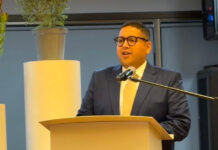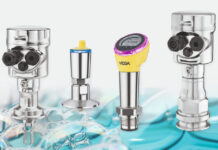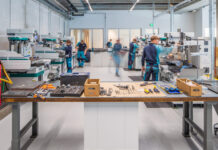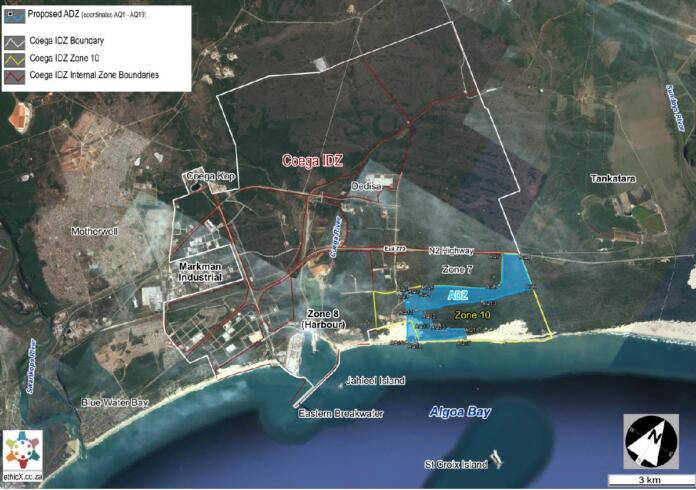AQUACULTURE is one of the fastest-growing food sectors globally and is considered a key sector for future food production (Costello et al., 2020). Aquaculture is defined as the farming and husbandry of freshwater and marine organisms such as fish, shellfish, and plants (including seaweed). Production can be land-based or off-shore in rivers, dams, or the ocean. Land-based aquaculture uses constructed systems with raceways, ponds, or tanks.
According to Heller (2017), land-based aquaculture is expected to see continued growth to meet the increased market demand as the global demand for seafood continues to grow. It is predicted that by 2050, the production and volumes from aquaculture, particularly around Asia, will double and be the main supply of aquatic dietary protein globally (Stentiford et al., 2020).
Besides having a smaller spatial footprint when compared with both land-based agriculture and capture fisheries, aquaculture offers many positive attributes including poverty alleviation in socio-economically disadvantaged regions, increased production due to technological advances and comparatively lower environmental impacts (Stentiford et al., 2020). Notwithstanding the enormous potential that it holds for the economy of South Africa, the local aquaculture sector is underperforming and continues to contribute very little to national fishery products and the country’s gross domestic product (GDP) (FAO, 2022).
According to Little et al. (2016), aquaculture has expanded faster than any other livestock sector in recent decades, growing at an annual rate of 7.5% between 1990 and 2009, thereby outperforming the global growth achieved by the poultry (<5%) and pig (<2.5%) sectors. There has, however, been a decline in the global growth rate of aquaculture since the beginning of the century (FAO, 2020), with public opposition, restricted land space for aquaculture farms, licensing backlogs, market issues and diseases being cited as some of the reasons for the declining growth rate of the sector.
To unlock the aquaculture sector in the Nelson Mandela Bay Municipal (NMBM) region, the Coega Development Corporation (CDC), as operator of the leading Special Economic Zone (SEZ) in Africa, decided to develop a 440 ha land-based aquaculture development zone (ADZ) in the Coega SEZ to accommodate both freshwater and marine aquaculture. The overall purpose of the development is to create an investment-ready platform for planned commercial aquaculture operations to establish within the Coega SEZ, thereby facilitating entrance into and boosting the growth of the sector in the region.
In February 2018, the CDC received environmental authorisation (EA) to develop and operate the Coega land-based ADZ. This allows companies to farm close to 40 marine and freshwater species in the Coega ADZ without undertaking an additional independent EIA. Investors are however required to develop an environmental management plan (EMP) that speaks to the larger environmental management programme (EMPr) for the ADZ.
The CDC received EA to abstract and discharge seawater from and into the marine environment in September 2021. This was the final and most challenging hurdle the CDC needed to overcome from an environmental perspective, bearing in mind that the marine environment anterior to the SEZ is a marine protected area (MPA).
The CDC is currently engaging potential aquaculture investors seeking to develop their businesses in the Coega ADZ. We hope to break ground on the first aquaculture investment project in the 2022/23 financial year. This will be a significant milestone in the CDC’s journey to create a world-class investment location for aquaculture investors that will contribute significantly to the economy of the NMBM and the larger Eastern Cape. The CDC has laid the foundation for the development of the aquaculture sector in the NMBM and will continue to engage relevant stakeholders to find solutions and ensure that various stumbling blocks hindering the growth of the sector are removed.















